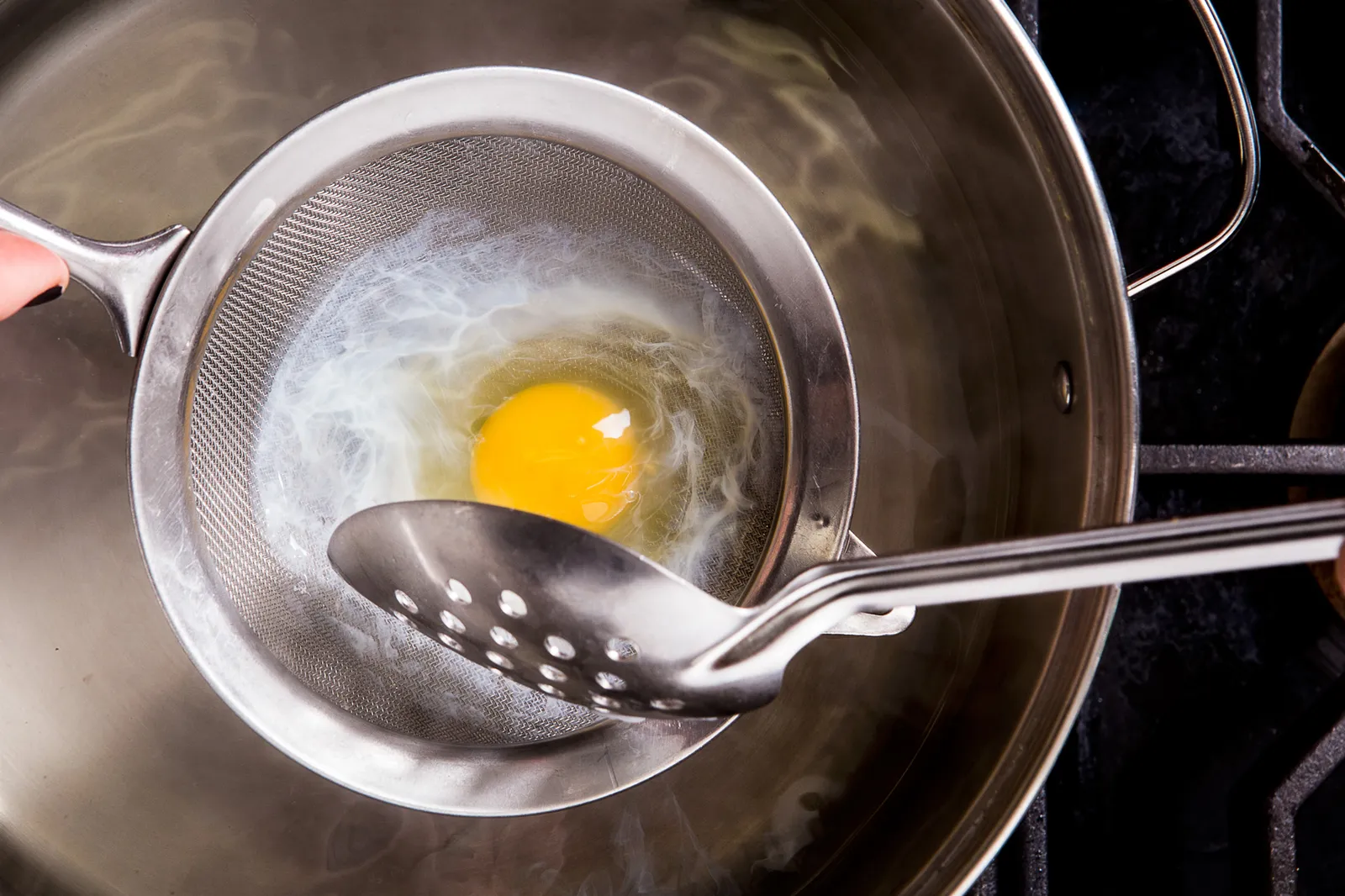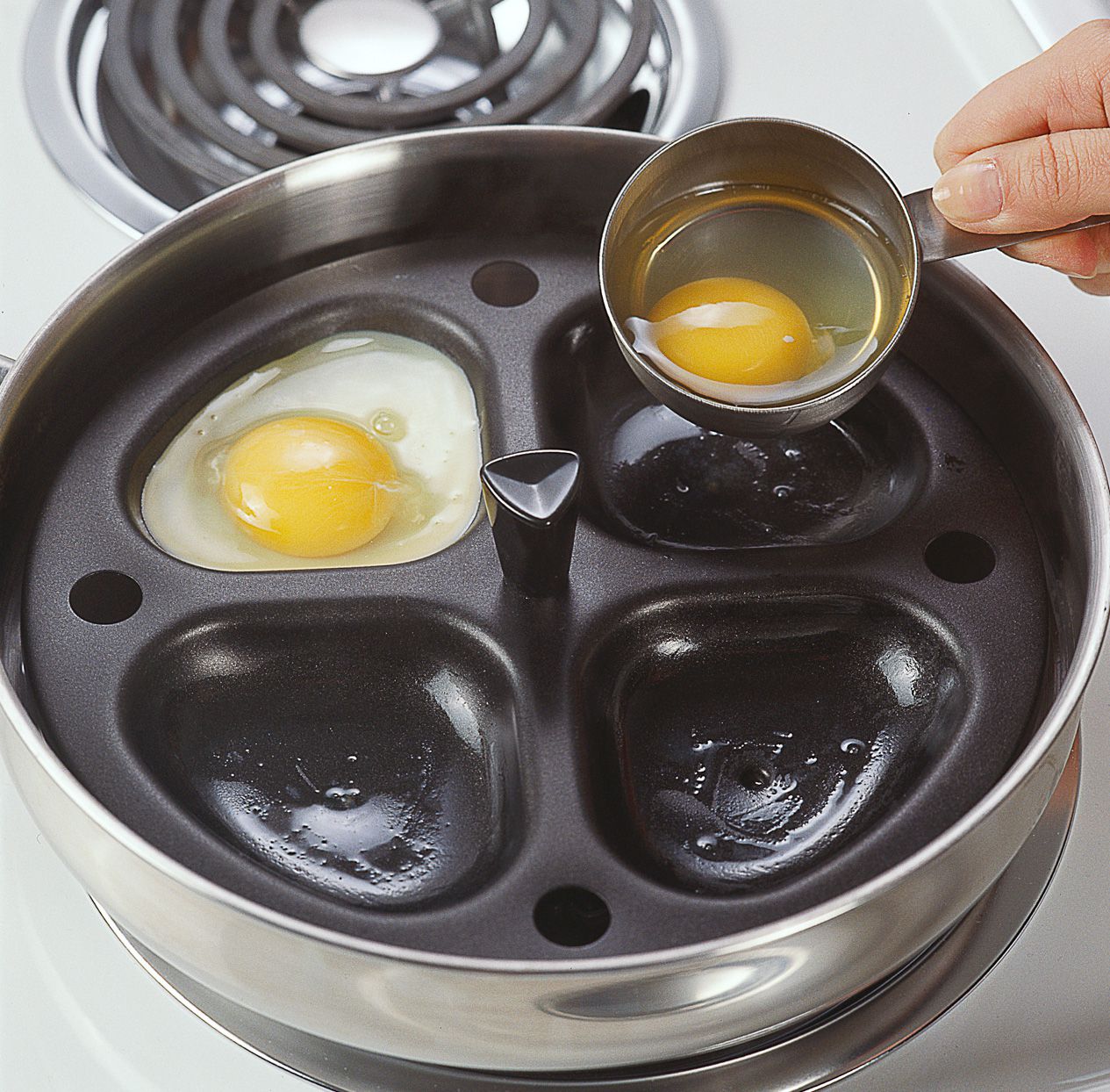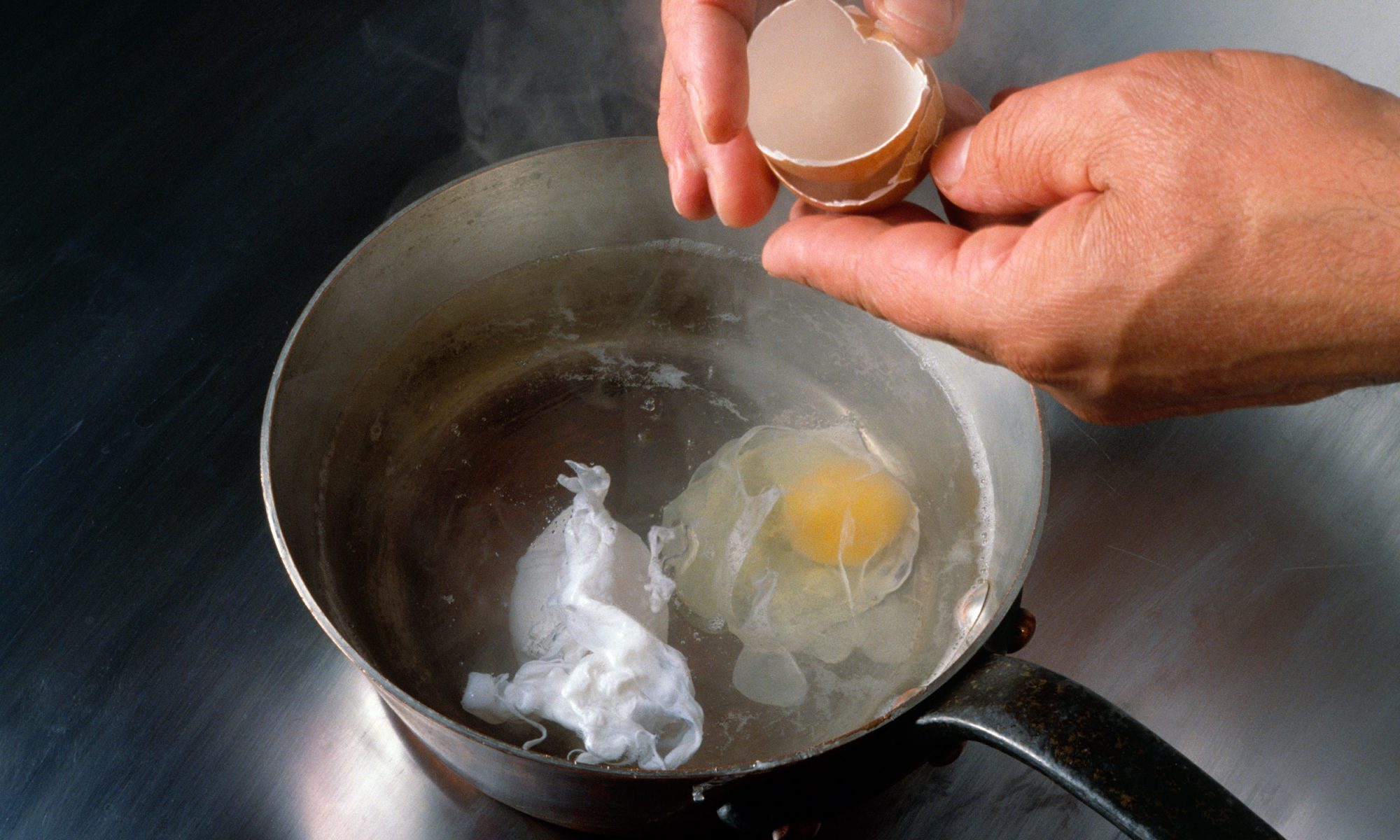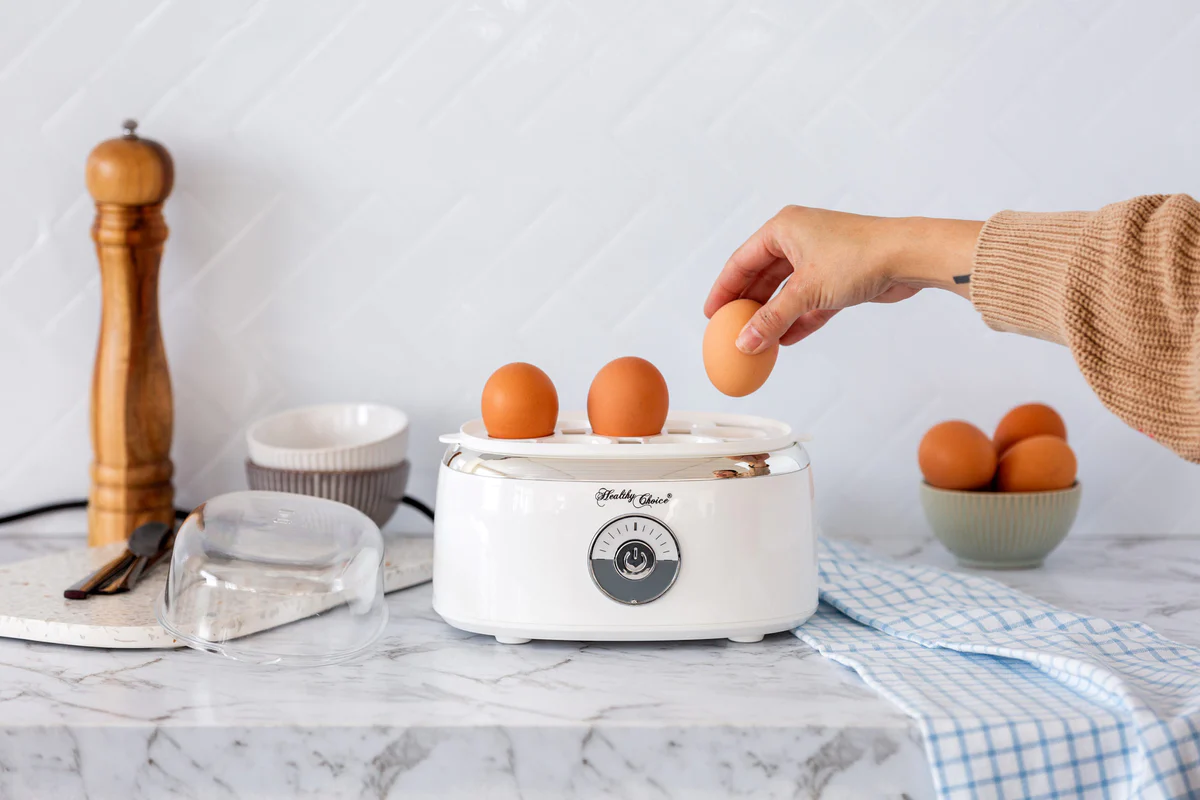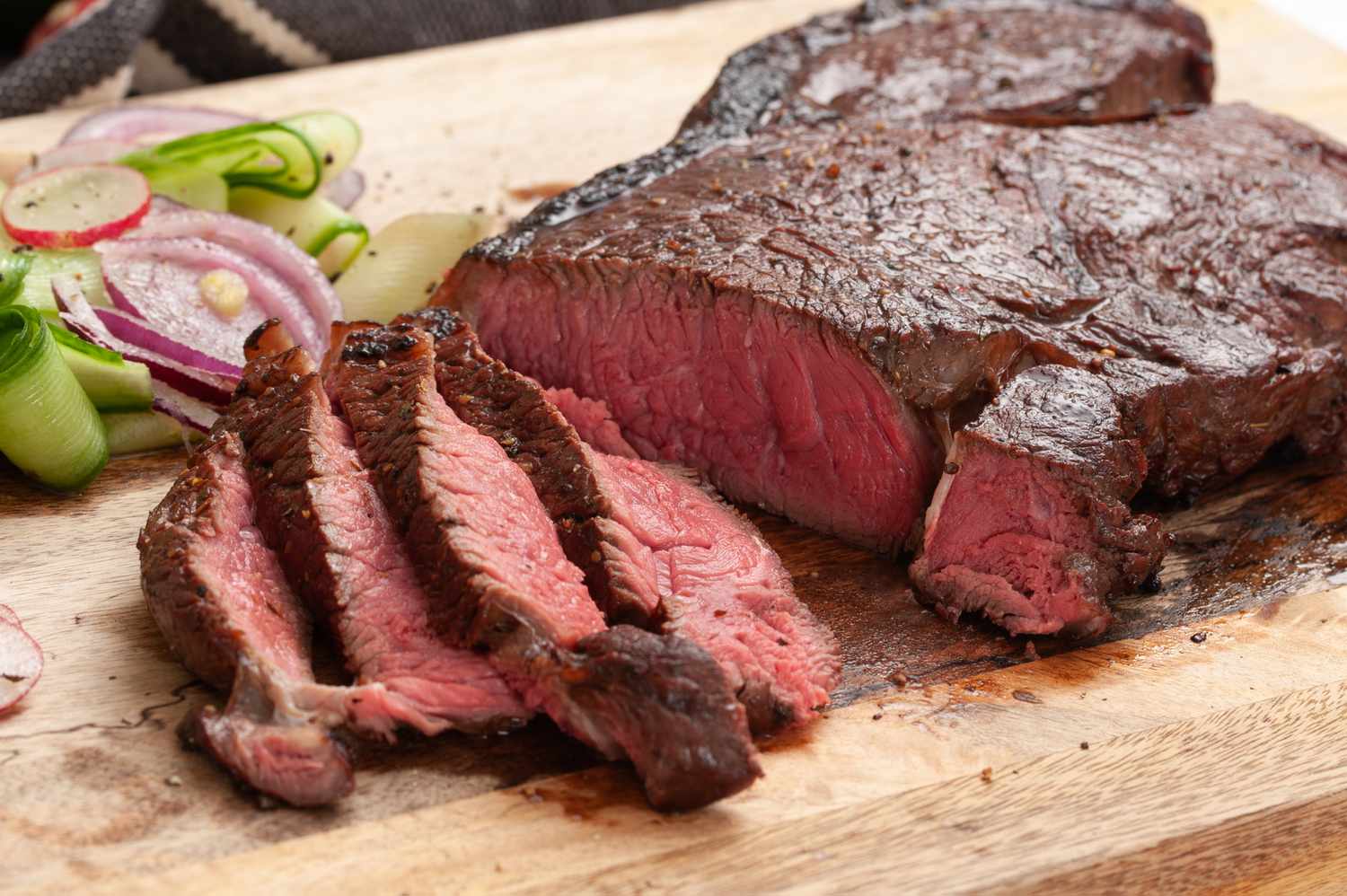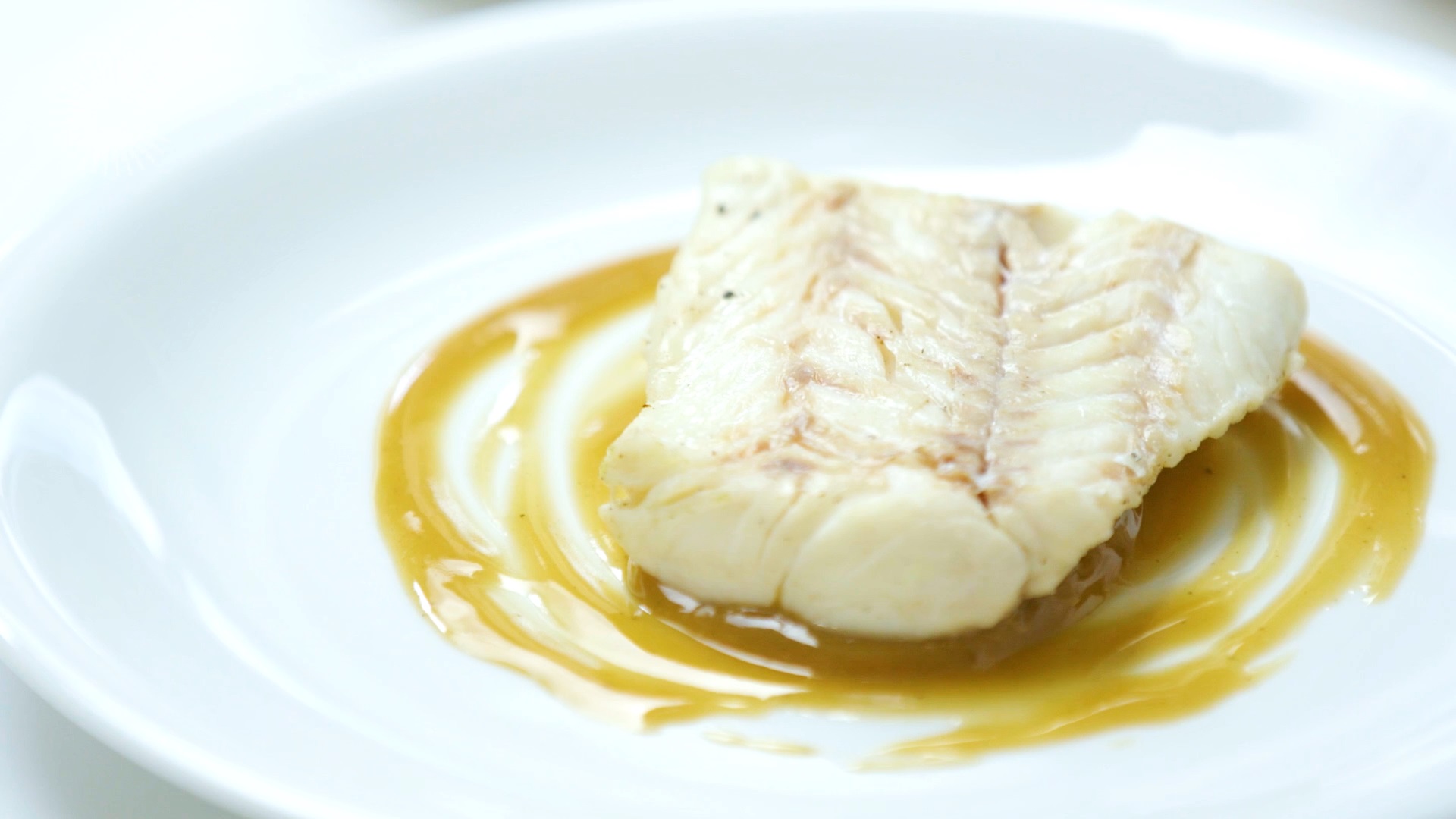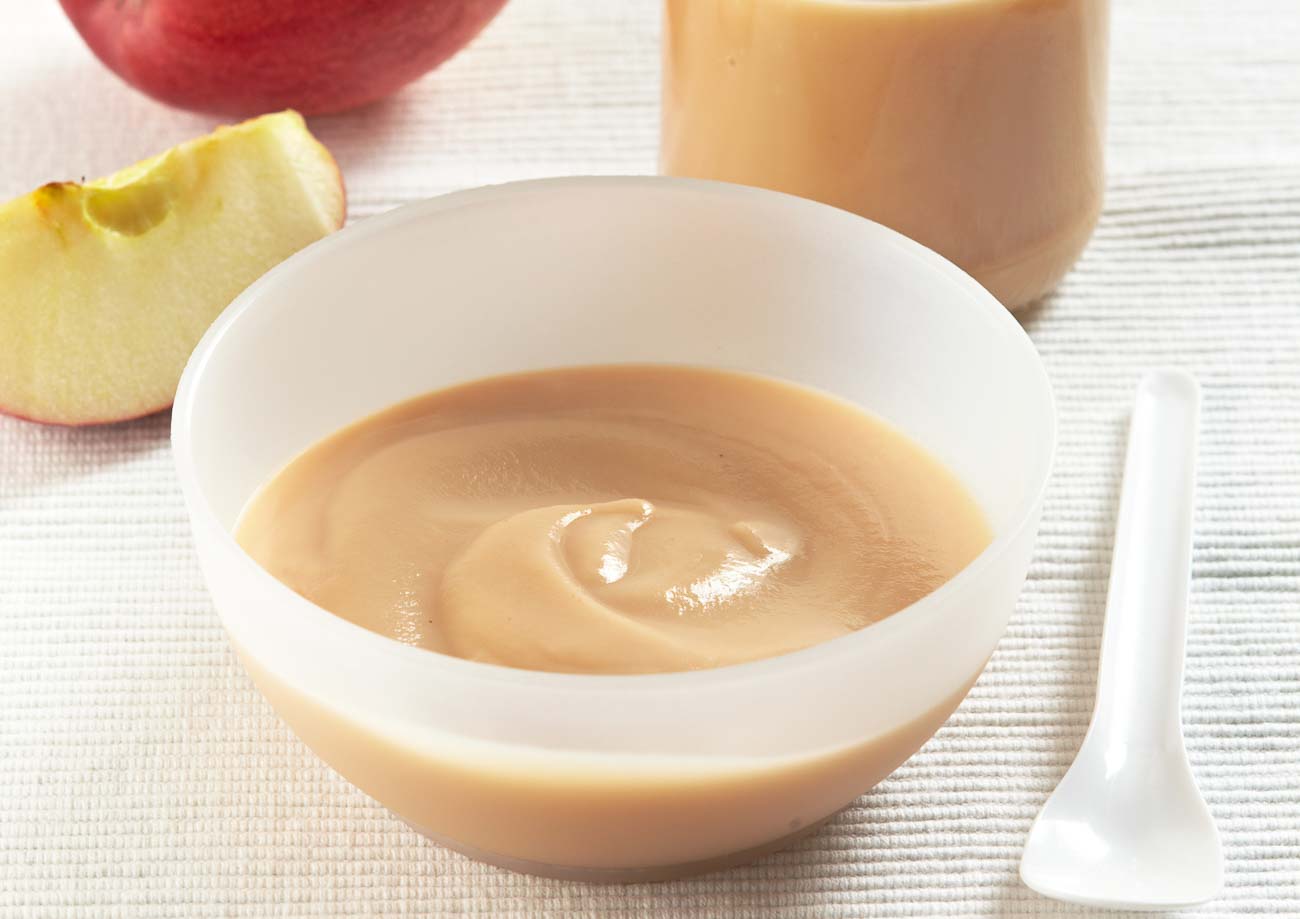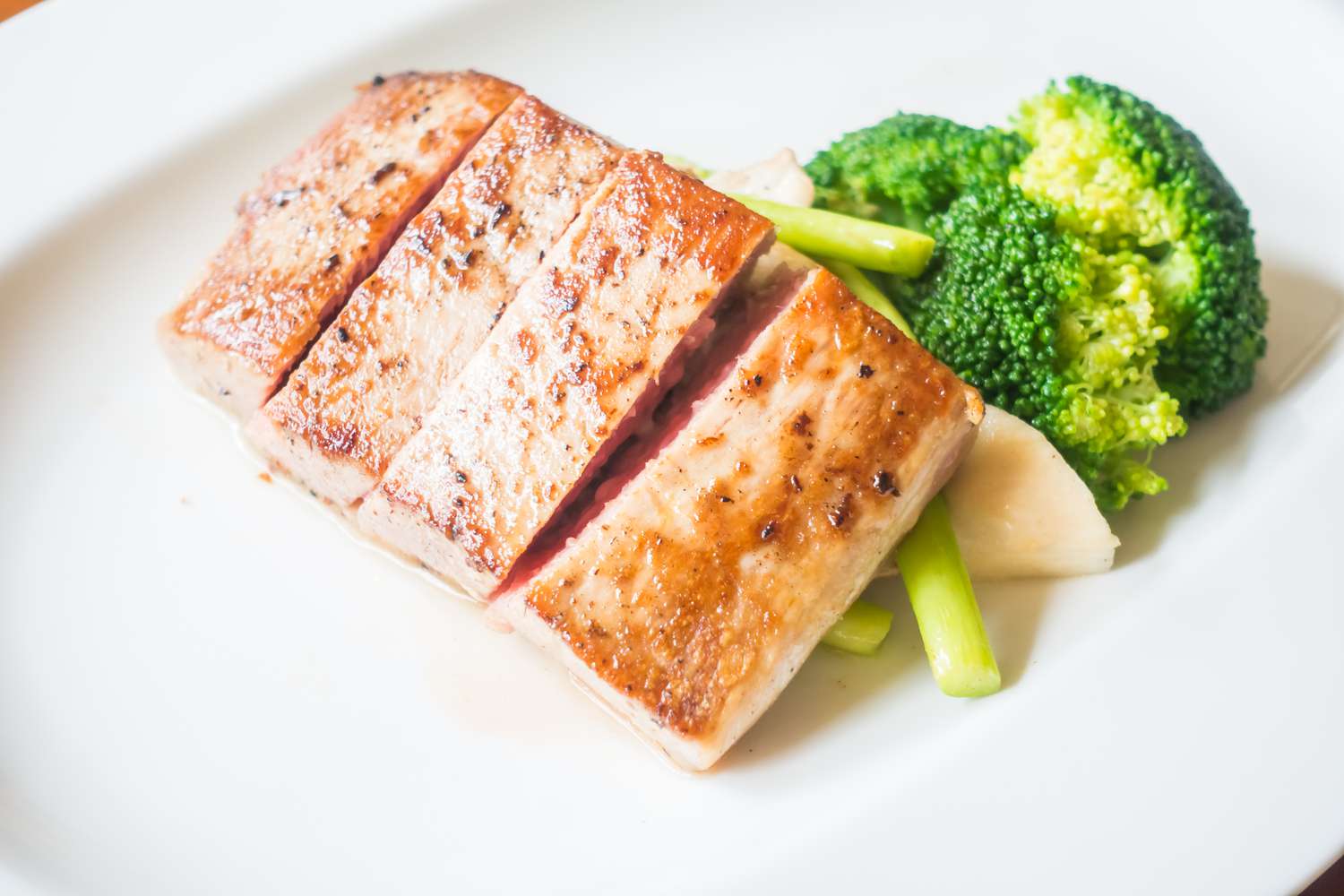Mastering the Art of Poaching an Egg in the Shell
There’s nothing quite like the satisfaction of cutting into a perfectly poached egg and watching the golden yolk spill out. While poaching an egg in a traditional water bath is a common method, have you ever considered poaching an egg in its shell? This unique technique yields a beautifully poached egg with a firm white and a runny yolk, making it a delightful addition to any dish. Here’s how you can master the art of poaching an egg in the shell:
Choose the Freshest Eggs
When it comes to poaching eggs in the shell, the freshness of the eggs is crucial. Fresh eggs have firmer whites, which helps them hold their shape when poached. To test the freshness of an egg, simply place it in a bowl of water. A fresh egg will sink and lay flat on its side, while an older egg will stand on one end or float. Opt for the freshest eggs available for the best results.
Prepare the Eggs
Before poaching the eggs, it’s essential to prepare them properly. Gently wash the eggs to remove any dirt or debris, and then dry them thoroughly with a clean towel. This step is crucial as it ensures that no impurities from the shell make their way into the poaching water.
Set Up the Poaching Water
Fill a large pot with water and bring it to a gentle simmer over medium heat. It’s important to maintain a consistent temperature throughout the poaching process, so be mindful of the heat level. Adding a splash of vinegar to the water can help the egg whites coagulate more quickly, resulting in a neater poached egg.
Poach the Eggs
Once the water is simmering, carefully lower the eggs into the pot using a slotted spoon. Allow the eggs to poach for about 4-5 minutes, depending on how runny you prefer the yolks. Keep an eye on the water temperature to prevent it from boiling vigorously, as this can cause the eggs to crack.
Remove and Chill
After the eggs have finished poaching, carefully lift them out of the water with a slotted spoon and transfer them to a bowl of ice water. Allowing the eggs to chill for a few minutes not only stops the cooking process but also makes them easier to handle when it’s time to crack them open.
Crack and Enjoy
Once the poached eggs have cooled, gently crack the shells and carefully peel them away to reveal the perfectly poached eggs inside. Serve them on toast, atop a salad, or alongside your favorite dishes for a delightful and visually appealing culinary experience.
Mastering the art of poaching an egg in the shell may take some practice, but the results are well worth the effort. Whether you’re looking to impress your brunch guests or simply elevate your own breakfast game, this unique poaching technique is sure to delight your taste buds.
For anyone eager to master the art of poaching eggs in the shell, there are several mouth-watering recipes to try. Start with Eggs Benedict with Poached Eggs in the Shell for a classic brunch staple. If you're looking for something lighter, Avocado Toast with Poached Eggs in the Shell is a great option. For a more hearty meal, Poached Eggs in the Shell with Smoked Salmon offers a rich and satisfying combination. Vegetarians might enjoy Florentine Eggs with Poached Eggs in the Shell, which pairs perfectly with spinach. Lastly, Shakshuka with Poached Eggs in the Shell brings a flavorful, spicy twist to your breakfast or brunch table. These recipes not only showcase the technique but also provide a variety of delicious ways to enjoy poached eggs.
